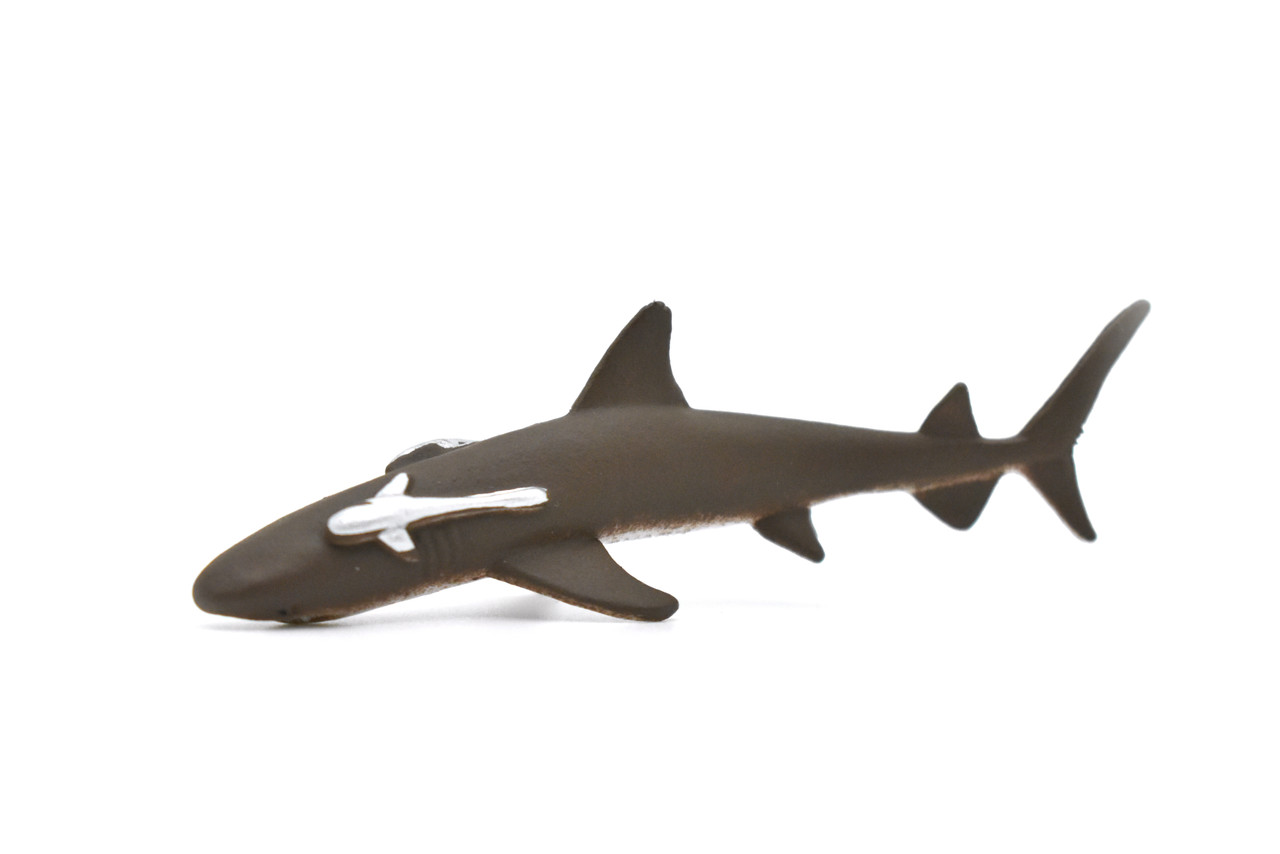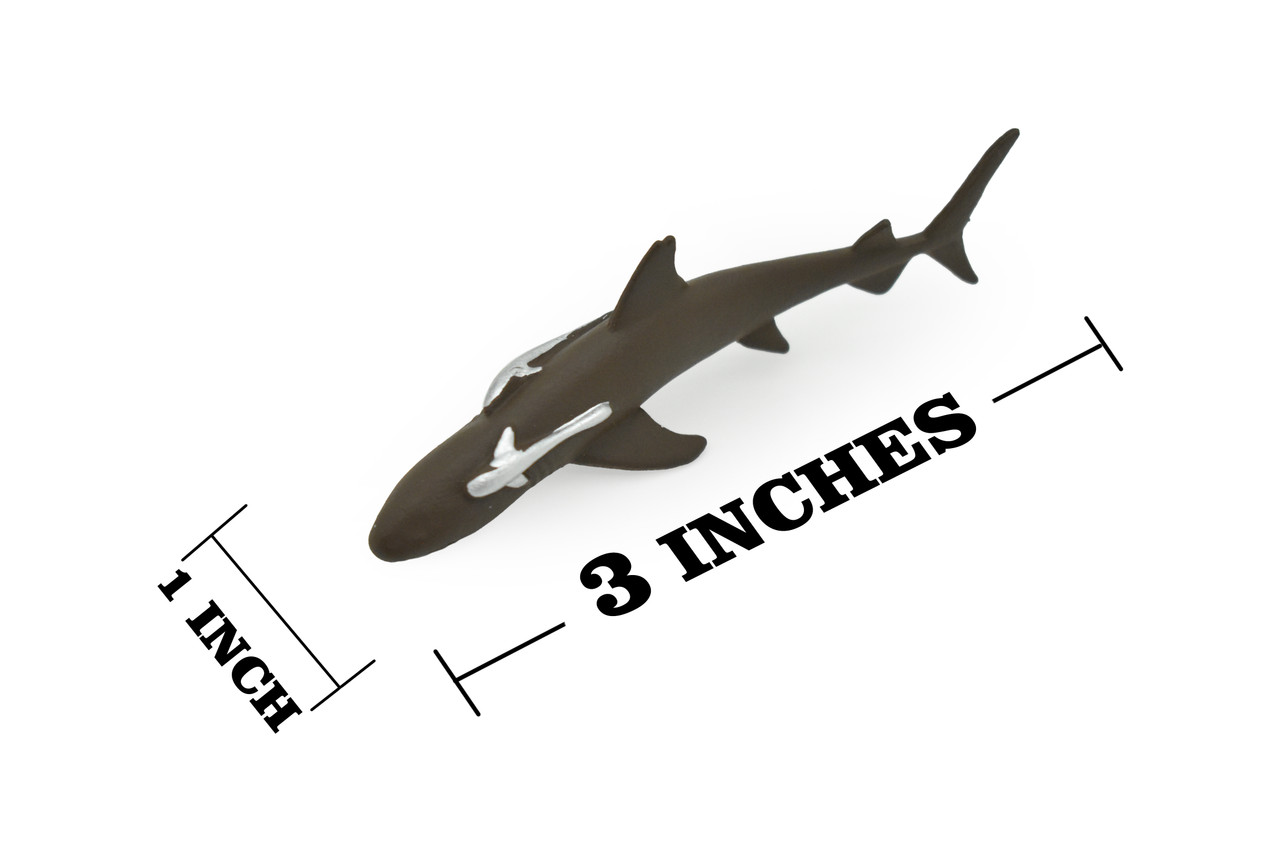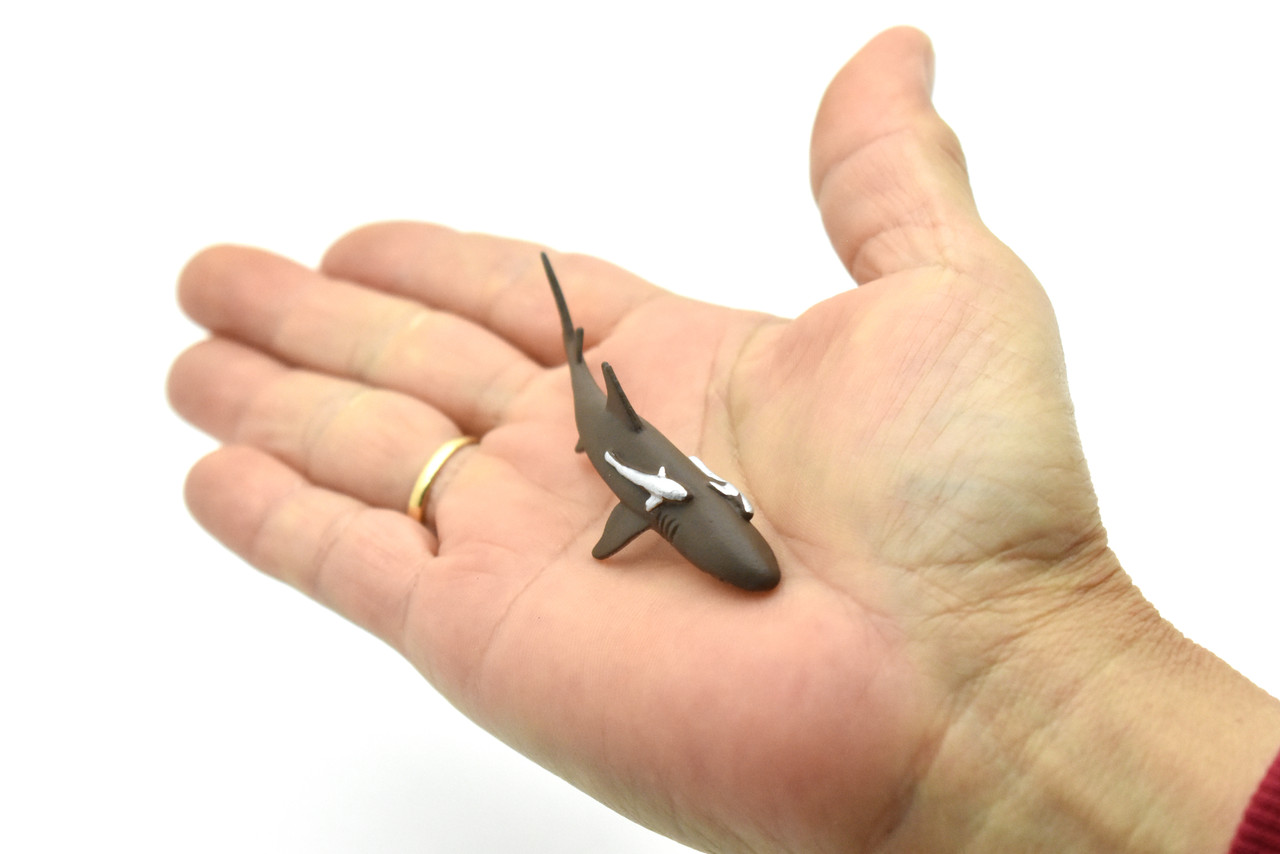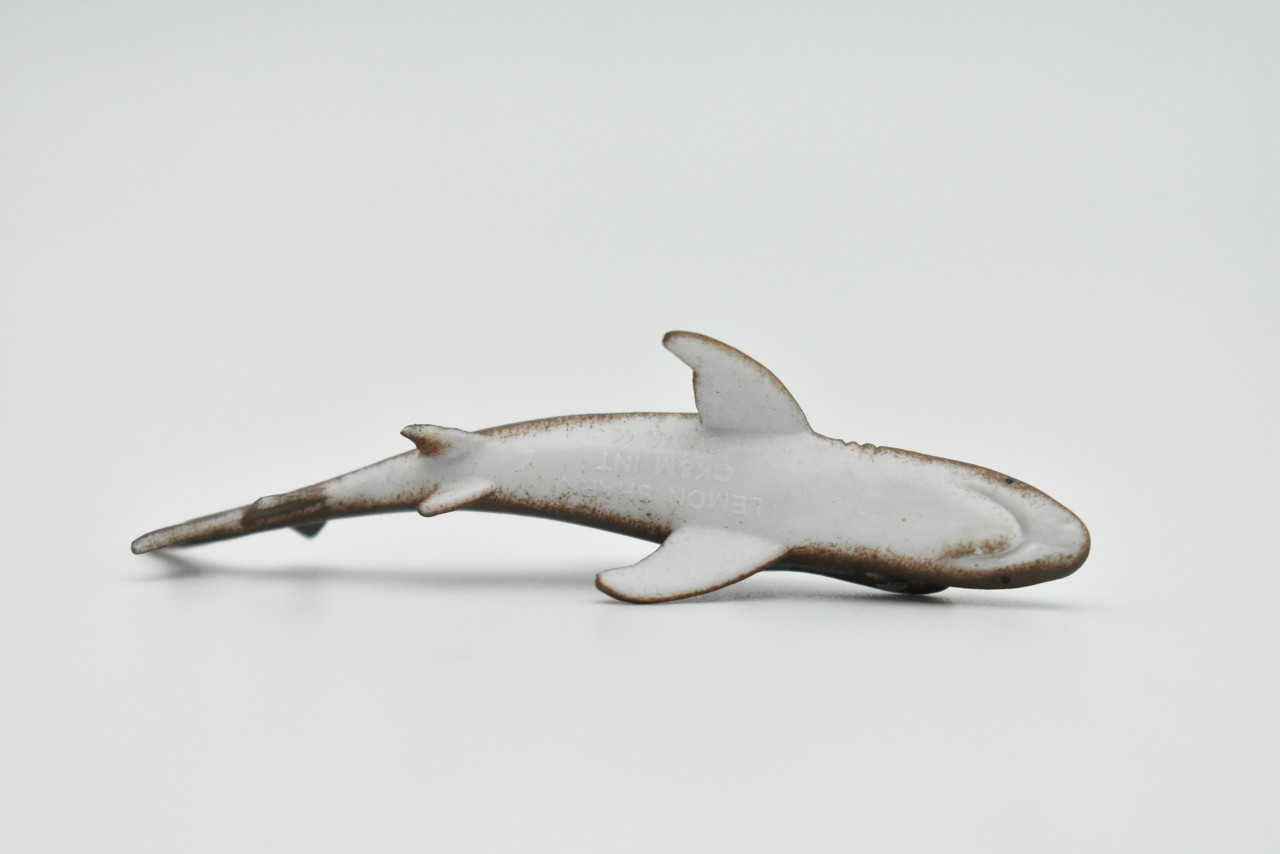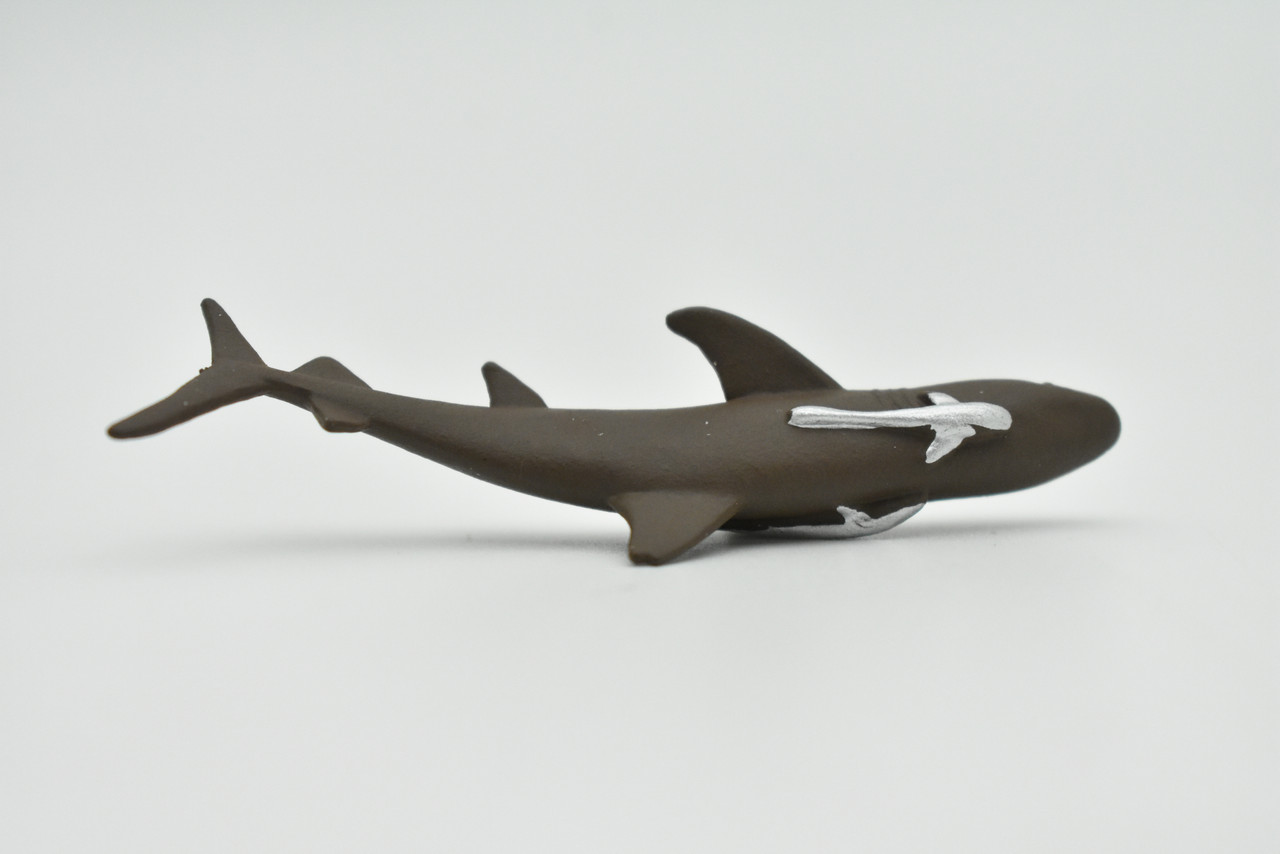Product Description
Our Plastic Lemon Shark This hollow plastic and colorful lemon shark toy is well-made and realistic in its yellow color accurate flutes, and proportions. Wonderfully sized, 6 inches long, it will fit nicely into an ocean or shark diorama. Our lemon shark may be useful for a school project or as a party favor or novelty item. Check out our other lemon shark and shark toys and gifts. Sharks everywhere! See our huge assortment of lifelike SHARK miniatures. All species and sizes. Use this LEMON SHARK as party favors, decorate cupcakes, make reports. Let them circle your room. They are so much fun!
Lemon Shark Plastic Toy 3 Inches Long
Shark with Suckerfish Toy Model Display
There are many shark species out there in the vast waters of Planet Earth. One of the most interesting shark species that isn’t often talked about is the lemon shark. These sharks get their name due to their distinct pale yellow-brown coloring, and have many names throughout the world roquin citron in France and squall Lemon in Italy). Besides their skin coloring, these sharks possess many interesting and unique qualities. Let’s explore some of the most intriguing lemon shark facts. The first of our lemon shark facts deals with the characteristics that help distinguish it from the rest of the other shark species. In total, there are three things to look out for when trying to identify a lemon shark. The first distinctive characteristic is that the first and second dorsal fins are triangular and close to the same size. The second characteristic deals with its snout. If the snout is blunt and shorter than the width of the mouth, you may be in contact with a lemon shark! Lastly, the first dorsal fin of the lemon shark originates from behind the pectoral fins. If you notice these three characteristics on a shark you’ve encountered, it is most likely a lemon shark! The second of our lemon shark facts deals with the species’ habitat. The lemon shark is commonly found in subtropical shallow water. These depths are about 300 feet, or 90 meters. Within these shallow waters, the lemon shark likes to hang around coral reefs, mangroves, enclosed bays, and river mouths. The lemon shark can be seen in oceanic water at times of migration, but will often be found along the continental waters. Throughout these sandy and shallow waters, lemon sharks like to feast on a variety of bony fish and crustaceans. This includes catfish, mullet, stingrays, crabs, and crayfish. Lemon sharks will eat until they are full, with the digestion process being dependent on the amount of food ingested at a single time.

